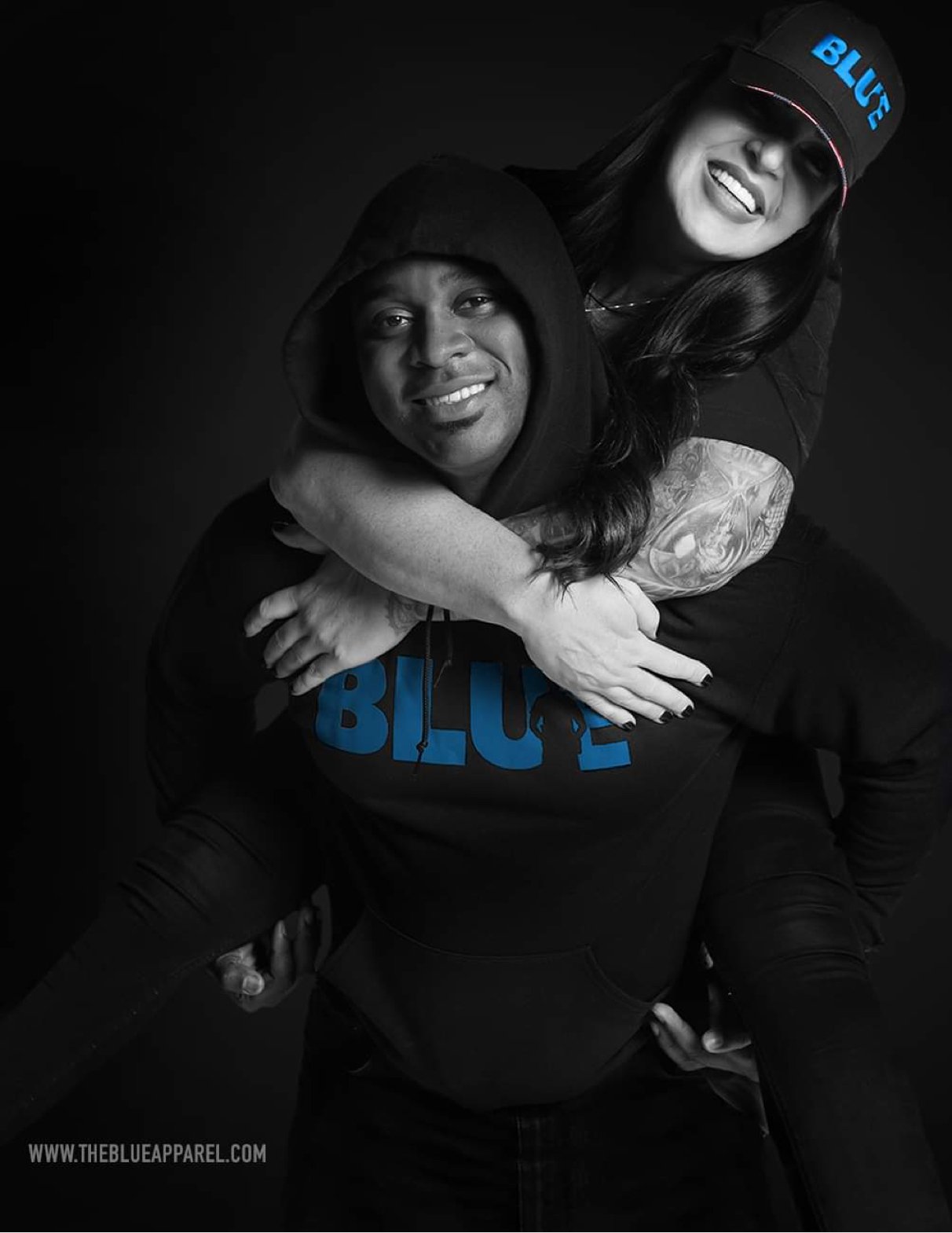Attack in Nashville: Were there clues we should have seen?
/By Joseph Pangaro CPM, CSO, MOI
On a quiet Christmas morning at 1:20 a.m., an RV packed with explosives drove up Main Street in Nashville Tennessee and parked near the AT&T building. The driver killed his lights and sat there for the next 5 hours.
At about 06:30 a.m., the police received a call about shots fired in the area and responded to see what was going on. Upon arrival, they did not find an active shooter; instead they found the area quiet except for the eerie sound of music playing on a loudspeaker somewhere nearby.
The officers began checking the area when they heard the music playing change to a verbal warning telling anyone in the area to evacuate. The officers immediately recognized the potential for danger and began evacuating local residents. It was shortly thereafter that the RV exploded, decimating a large section of the downtown. Luckily, none of the officers or the local residents were injured in the blast. The fact that no lives were lost is a tribute to the work of the Nashville cops on the scene that morning.
In the hours and days after the blast the investigation continued in an effort to understand the threat. Was there a larger conspiracy at work? Was this a foreign or domestic terror group at work and what else might they have planned?
The answers began to come as the investigators pieced together the available evidence. Hundreds of tips were called in as an attempt to identify a suspect or suspects were pursued. Crime scene investigators identified human remains in the blast and DNA was gleaned from them. Before long, the investigation revealed a name and face - Anthony Quinn Warner, a Tennessee resident living about 10 miles from Nashville’s downtown. A search warrant was served on Warner’s home and evidence was collected. Now the next phase of the investigation began, putting a motive to the crime.
The first reports about Warner were based on anecdotal information from neighbors, police records and friends of the suspect. The initial picture of this man was one of a “nice guy, a quiet man, a friendly person.” People who knew him claimed shock at his involvement in something so horrendous. And, as is often the case, the profile of the man coming to light did not match the terrible act of detonating a bomb in a downtown area.
Over the course of the next few days, it was learned that Warner had acted alone and that he may have held some negative opinions of the police in general. The slow drip of information continued as the investigators began to release more information. Now we saw a very different picture of Anthony Quinn Warner emerging.
Updated reports told us he held not only anti-police sentiments, but he also believed in conspiracy theories about the World Trade Center bombing and the moon landing. These are classic conspiracy theories often considered the thoughts of the mentally unhinged or those on the kook fringe. Cementing that belief was the revelation that Warner believed that reptile aliens from other worlds secretly live among us by concealing their presence by mind control and orchestrating what we do here on earth. Clearly the two pictures of Warner we were given, only days apart, are as disparate and disconnected as to be shocking.
As the days continued we saw official reports that Warner was believed to have died in the blast along with his dog and he was not an unknown subject. In fact, he had been reported to be building bombs in the very RV he used as a rolling bomb and there were indicators that he was suffering bouts of depression. He was giving away property, a classic sign of a depressed person contemplating suicide.
His potential bomb building was investigated, but due to the circumstances the investigation went no further than knocking on his door to ask some questions. The trail then went cold, and Warner was off the radar.
This case, as strange as the facts are, reveal great questions for all of us in law enforcement, the number one question being: did we miss the signs of potential violence that seem so apparent?
In hindsight the answer seems clear. The warning signs were there, but were either not seen, not recognized or not understood by the authorities. In any event, the fact that this act of violence only resulted in the death of Warner and maybe his dog is a small miracle.
This case screams out to us about the need to bridge the gap between events and the ability to see them for what they are in real time so an intervention can take place to prevent a future horror, one that might be much more devastating as it relates to the loss of innocent life.
As an expert in threat assessments, I know the reality of these kinds of events often follow a pattern to one degree or another. We know the initial reports that come out are often wrong. The rush to report the name of a suspect or a motive can cause news reporting that is inaccurate and filled with misinformation, all in the name of being the first to report on the event.
We also know that it is very rare for a person of sound mind to simply wake up one day and build a bomb and detonate it in a place where people can be killed or severely injured. People who commit these kinds of acts, bombers or school/workplace shooters, very often think about what they want to do as they plan for it and then act on it in ways that can be seen.
In the world of threat assessors this behavior, the things that can be seen, is called “leakage.” The perpetrator often says things, or writes things, or posts on social media, creates lists of people they want to target and then acquires the weapons and materials they need to strike out as they advance their plans.
Our problem as a society is that most of us, including our law enforcement agencies, are not properly trained to see these signs for what they are--warnings of things to come.
In the Nashville case there was that report Warner was building bombs in his RV. Getting a search warrant based on the word of an ex-girlfriend may or may not be enough to justify a warrant, but the report of a person building a bomb could trigger more investigation.
Looking in hindsight affords us a crystal-clear view of any signs; seeing things in real time are not always as clear. This tells us we need to find a way to anticipate getting this kind of information and then what will we do with it. The realities of disparate information coming to us are what make connecting the dots so difficult.
With the growing concern over this type of crime, perhaps it’s time to set up a data system similar to VICAP, the violent crime reporting data base intended to link seemingly separate criminal events together with other similar events in other parts of the country. An officer in each agency could be designated to review tips and concerns and try to connect them to local events or reports of suspicious or concerning behavior. This would help to prevent missing possible signs of potential violence from getting lost in the sea of information that comes through every agency.
As we see with Warner, he made negative comments, he harbored strange beliefs and conspiracy theories, he was said to be making bombs, holding grudges against corporate entities, and he was depressed. This is a recipe for attack.
As for how to approach such a situation and what investigative techniques we could use to facilitate the investigation, we need to create an investigative plan that fuses on-the-ground investigations by trained investigators, with the psychological community to offer insight on the profiles of people like Warner to help make the connections the courts need to issue warrants based on solid research-based information. We need to come to an understanding that training for every person in law enforcement and the courts needs to take place on a national level if we are to address these threats moving forward.
The truth is, we can see signs of potential violence, but we must be prepared to investigate these incidents properly, thoroughly, and completely before violence erupts that requires a new paradigm of thought and action. It is only a matter of weeks, days or minutes until the next attack takes place in public, in our schools or in our workplaces. We can wait no longer to act.












